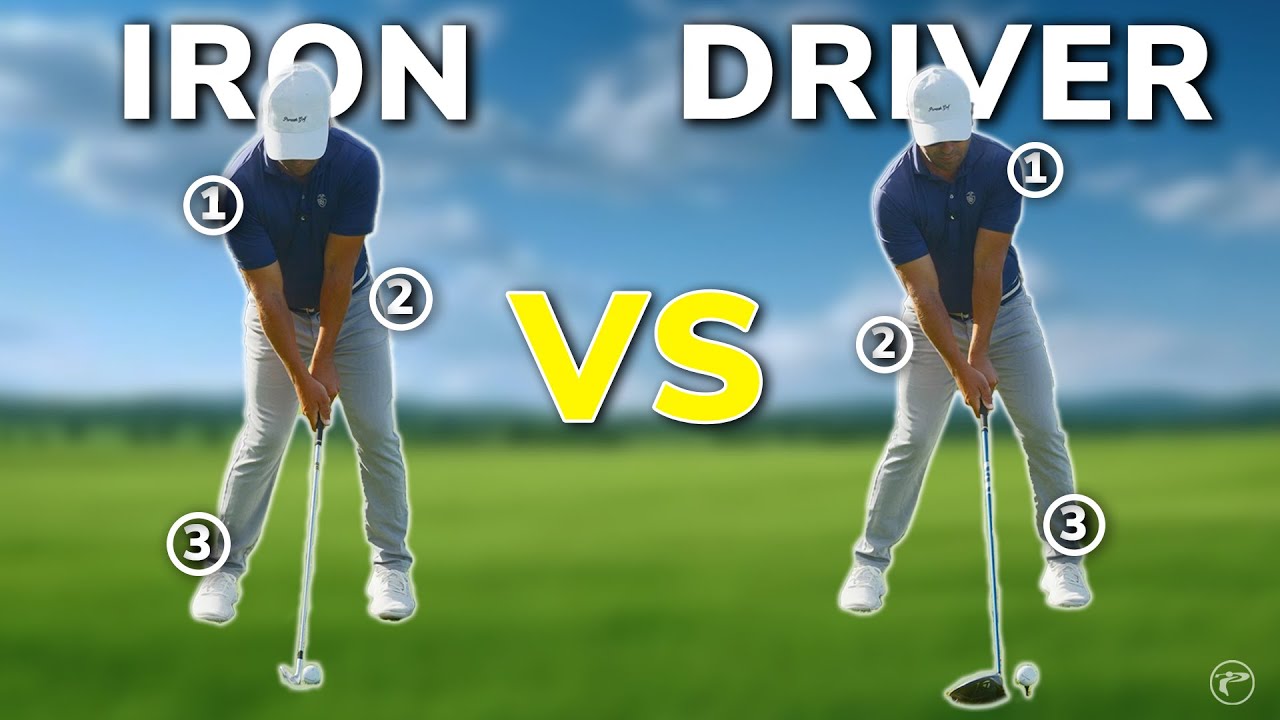
Unlock the Secret to Consistent Golf Swings—Discover how the subtle yet effective hip bump technique can enhance your ball striking across your entire golf bag, from irons to drivers. This guide provides a step-by-step breakdown to master this essential move and transform your game.
If you’ve ever wondered whether the hip bump should be limited to the driver or if it can elevate your iron game as well, you’re in the right place. Let’s clear up the confusion about its impact on ball contact, and whether it helps in achieving that coveted reverse K setup. This comprehensive guide demystifies the hip bump, enabling you to incorporate it consistently and effectively for improved strikes.
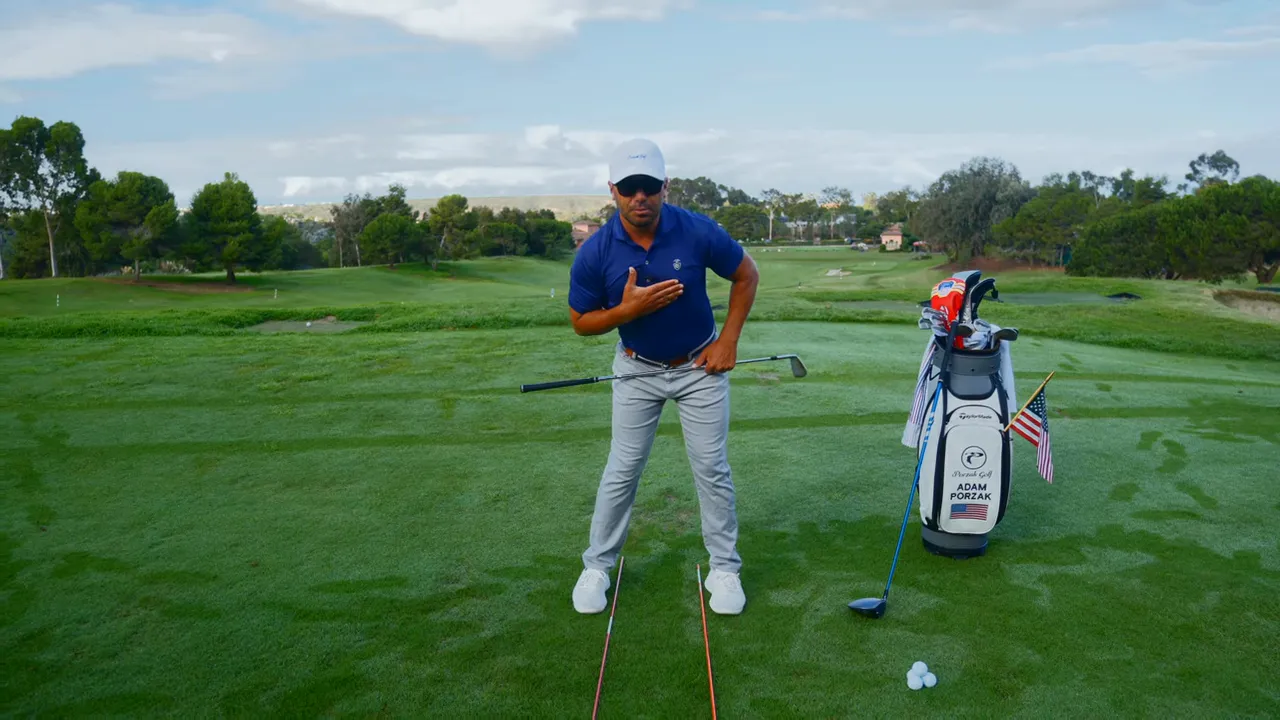
Table of Contents
- Understanding the Hip Bump
- Applying the Hip Bump with Irons
- Drill Sequence for Irons
- Changing the Hip Bump for Driver
- Determining Adequate Movement
- Common Mistakes and Fixes
- Practice Routine to Ingrain Hip Bump
- Checklist for Effective Practice
- FAQ on Hip Bump
- Conclusion: Optimizing Your Swing
Understanding the Hip Bump
The hip bump is not about dramatic lateral movements but rather a controlled adjustment that provides stability. By slightly moving your trail hip forward, you create a stable post, letting your torso rotate effectively. The goal is efficient pressure transfer through rotation rather than excessive swaying.
Applying the Hip Bump with Irons
Contrary to popular belief, the hip bump is beneficial for irons too. Here’s how to execute it:
- Set up normally: Align ball position, spine, and stance width.
- Keep your sternum still when performing the hip bump.
- Shift your hips forward about an inch, aligning your trail hip with your trail foot.
- Maintain a slight tilt to enable effective rotation.
- Rotate your chest from instep to instep, moving your body over the lead leg for effective impact.
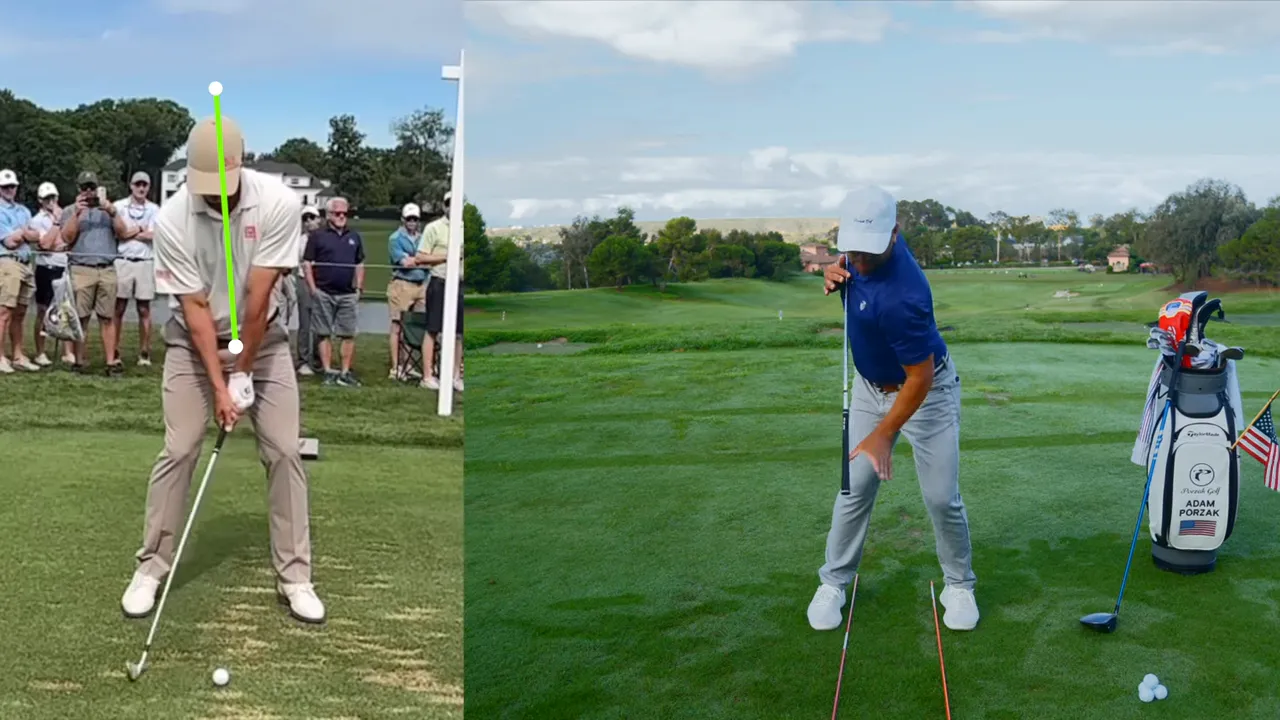
Drill Sequence for Irons
These drills will help instill the hip bump technique:
Drill A: In-step to In-step Alignment
- Align the club shaft with your spine angle.
- Grip the club as you rotate and return it to impact, maintaining correct alignment.
Drill B: Static Post and Rotate
- Set a slight hip bump and rotate around your trail leg.
- Keep your clubhead low and feel a strong rotation around a fixed point.

Changing the Hip Bump for Driver
With a driver, the hip bump involves:
- Wider stance and ball positioned forward.
- Small hip bump with a slight sternum shift.
- Encourages upward or level strikes for better launch conditions.
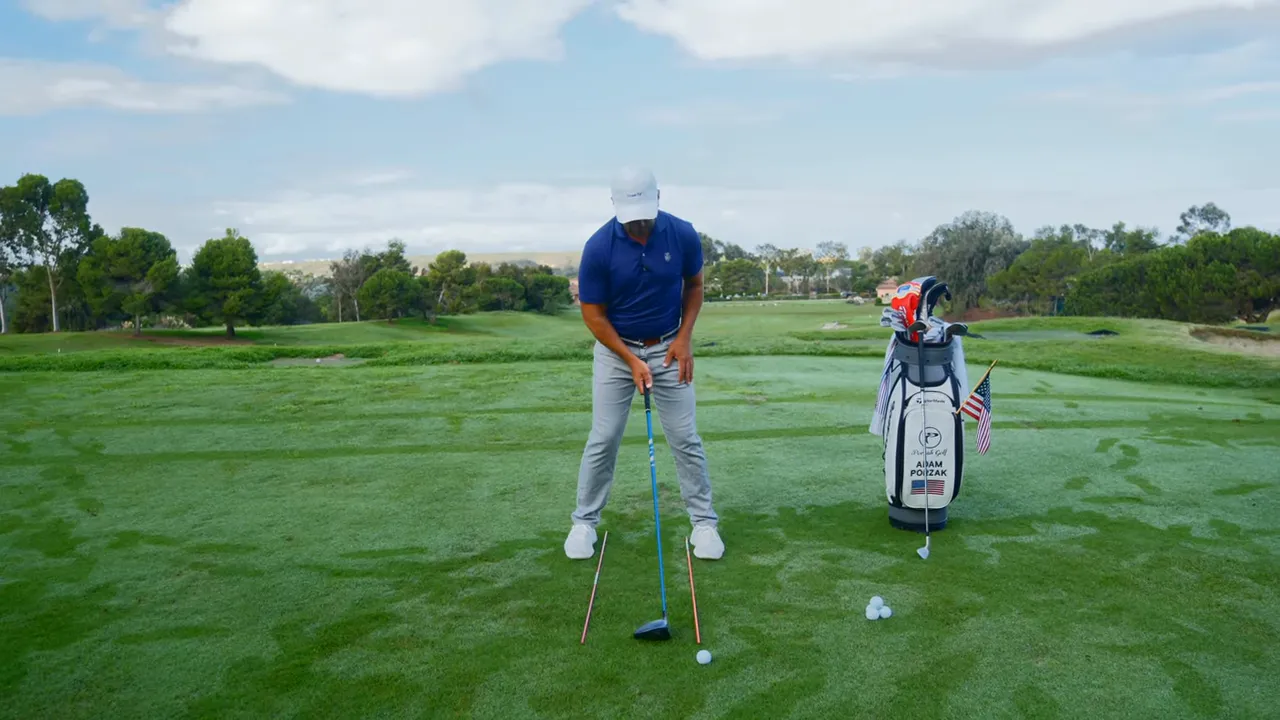
Determining Adequate Movement
Consistency in the hip bump requires subtlety:
- One-inch hip bump for both irons and driver.
- Small movement of belt buckle and sternum.
- Minimal lead-side hip movement at impact.
Common Mistakes and Fixes
Mistake: Excessive Lateral Slide
Fix: Focus on limited hip movement and drill repetition.
Mistake: Changing Shoulder Plane
Fix: Keep sternum stable and use drills for maintaining shoulder position.
Mistake: Overemphasizing the Hip Bump
Fix: Aim for a natural, minimal bump within a neutral setup.
Practice Routine to Ingrain Hip Bump
Allocate 20–30 minutes on the range to practice:
- Warm-up with gentle rotations.
- Execute Drill A and Drill B for irons.
- Practice driver bump-and-shift swings.
- Incorporate full-swing practice, alternating clubs.
Checklist for Effective Practice
- Ensure sternum stability during hip bumps for irons.
- Check trail hip alignment and instep rotation.
- Confirm correct swing path for both irons and driver.
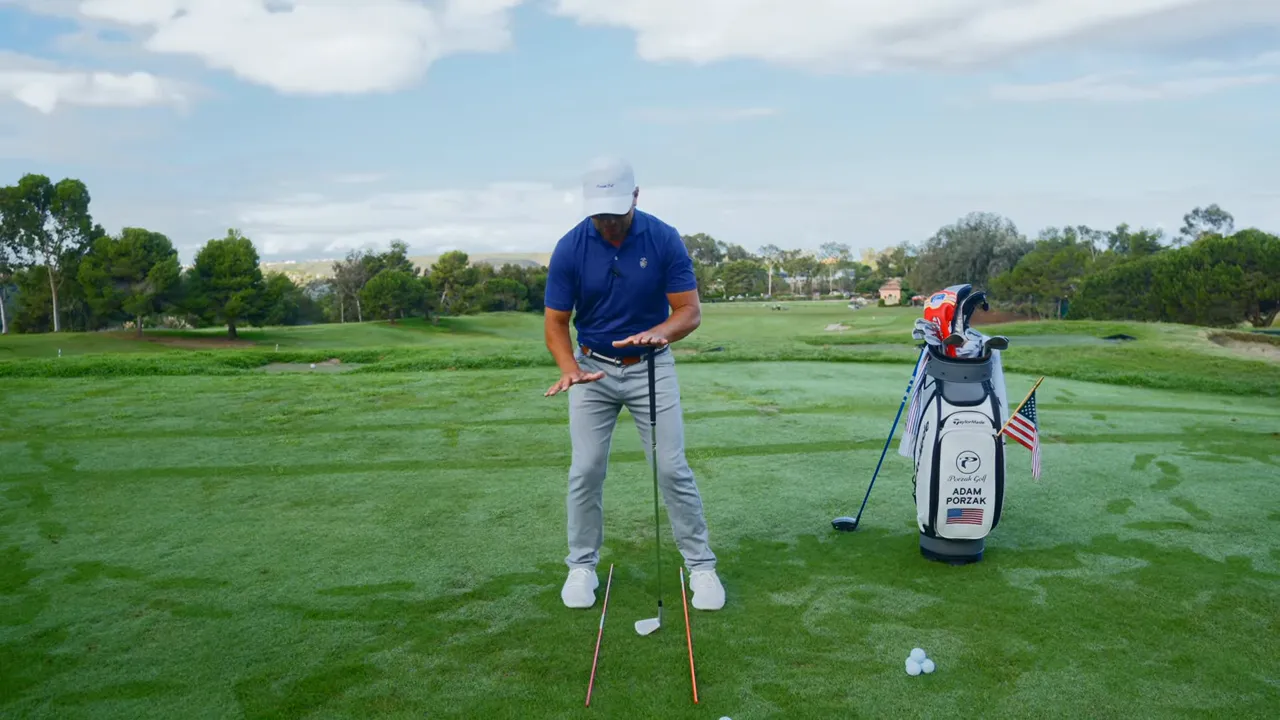
FAQ on Hip Bump
Is the hip bump only for the driver?
No, it benefits both irons and drivers by providing a stable rotational post.
Does the hip bump promote upward ball strikes?
It helps with downward strikes for irons and can assist in upward strikes with a driver.
Will the hip bump cause reverse pivot?
Excessive lateral move can cause reverse pivot, but a controlled bump prevents it.
Conclusion: Optimizing Your Swing
Implement the hip bump to achieve a balanced, effective swing that works with both irons and drivers. By mastering this small, controlled movement, you will promote consistent ball-first contact and improve your game with every club in your bag.

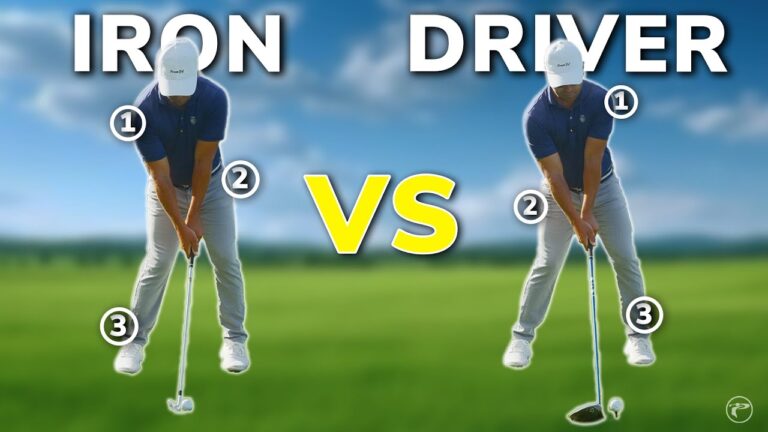
0 Comments